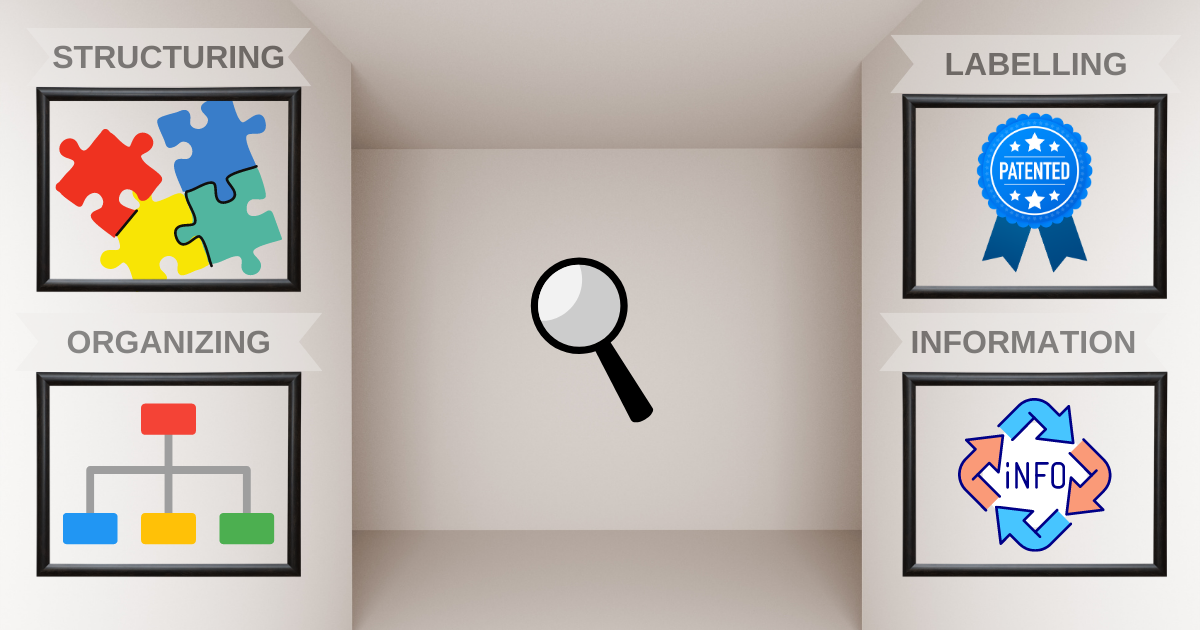
Information Architecture: Improving the User Experience
Information architecture (IA) is a critical aspect of designing and developing websites, applications, and products. It refers to the process of organizing, structuring, and labelling information to make it easy for users to find what they need. The goal of information architecture is to improve the user experience by making it easier for users to complete their desired tasks and find the information they are looking for.
An effective information architecture should be intuitive, well-structured, and easily accessible. It should help users understand the relationships between different pieces of information and guide them through the website or application in a logical way. A good information architecture will make it easy for users to navigate and find the information they need, reducing frustration and increasing satisfaction.
The first step in creating an effective information architecture is to understand the user’s needs and goals. This includes understanding what information they are looking for, what tasks they want to complete, and how they prefer to access that information. Once these needs have been identified, the next step is to create a clear and well-defined structure for the website, application, or product. This structure should be based on the relationships between different pieces of information, making it easy for users to find what they need.
One important aspect of information architecture is creating a navigation system. This should be simple and intuitive, with clear labels and categories that help users understand the relationships between different pages. A good navigation system will also allow users to access the information they need with as few clicks as possible, making it easier for them to complete their desired tasks.
Another important aspect of information architecture is labelling. Labels should be clear and descriptive, helping users understand what information is contained on a particular page or section. Labels should also be consistent throughout the website or application, making it easier for users to understand the relationships between different pieces of information.
In conclusion, information architecture is a critical aspect of designing and developing websites, applications, and products. An effective information architecture will make it easier for users to find what they need, reducing frustration and increasing satisfaction. By understanding the user’s needs and creating a clear and well-defined structure, it is possible to create an information architecture that improves the user experience and makes it easier for users to complete their desired tasks.





